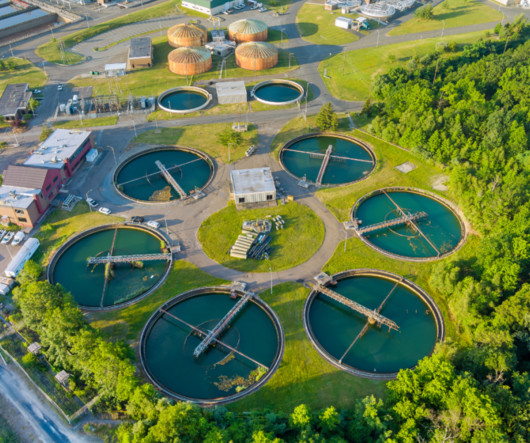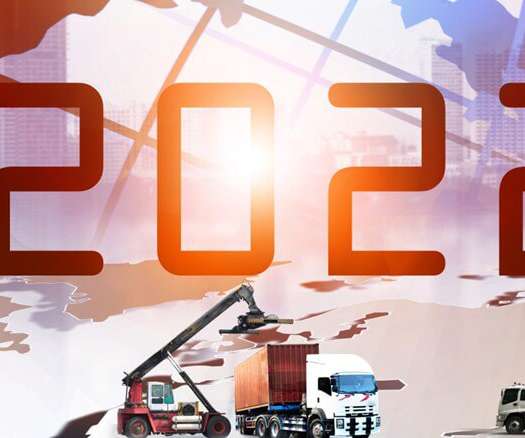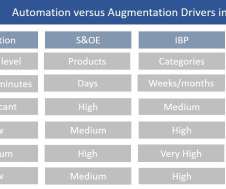CPO Spotlight: Rachel Scarrett
Procurement Heads
SEPTEMBER 14, 2022
My role has seen a shift as a result of all of the emerging risks we’ve encountered, many for the first time, I’ve seen much more focus from our executive team and the regulator on supply chain resilience, so I’ve been strengthening our capability in this area too. Where do our passions lie in the day-to-day of the role?












Let's personalize your content